Uneven skin pigmentation, commonly referred to as hyperpigmentation, is a condition where certain areas of the skin become darker than the surrounding skin. This can occur due to various factors, such as sun exposure, hormonal changes, post-inflammatory responses (like acne scars), and aging. These dark patches often appear on the face, neck, chest, and hands, creating a blotchy and uneven skin tone that can affect confidence and appearance. Addressing this condition requires targeting the excess melanin production within the skin. Chemical peels have emerged as an effective, non-invasive solution to help restore a uniform skin tone.
How Chemical Peels Work for Pigmentation:
Chemical Peels in Dubai (التقشير الكيميائي في دبي) work by applying a specialized solution to the skin, which exfoliates the damaged outer layers. This process removes dead skin cells, stimulates collagen production, and encourages new, healthy skin to surface. For uneven pigmentation, chemical peels specifically help by breaking down clusters of melanin in the upper skin layers, gradually lightening dark spots and promoting a more even complexion. Over time, with repeated treatments, chemical peels can significantly reduce hyperpigmentation and improve overall skin clarity.
Types of Chemical Peels for Pigmentation:
There are various types of chemical peels used to address uneven pigmentation, categorized by their depth of penetration into the skin: superficial, medium, and deep peels.
Superficial peels often contain mild acids like glycolic acid or lactic acid, targeting the outermost layer of skin and offering gradual improvement with minimal downtime.
Medium peels penetrate deeper using agents like trichloroacetic acid (TCA) and are more effective for moderate pigmentation issues.
Deep peels, often containing stronger acids such as phenol, can treat severe cases of hyperpigmentation but come with longer recovery periods. The choice of peel depends on the individual’s skin type, condition severity, and desired results.
The Treatment Process Explained:
Undergoing a chemical peel for pigmentation begins with a thorough skin assessment. The skin is cleansed to remove any oils or impurities, and the chemical solution is carefully applied to the targeted areas. During the treatment, a tingling or mild burning sensation is common as the solution starts working on the skin. After a set period, the solution is neutralized and removed. Over the next few days, the skin will begin to peel and shed the damaged layers. New skin that emerges will appear smoother, more even-toned, and radiant. Consistency is key, as multiple sessions are often needed for optimal results.
Benefits Beyond Pigmentation Correction:
While chemical peels are highly effective for treating uneven pigmentation, they also offer several additional skin benefits. These include improving skin texture, minimizing fine lines and wrinkles, reducing acne scars, and refining the overall tone of the skin. The exfoliation process stimulates collagen production, leading to firmer and more youthful-looking skin. Moreover, peels can enhance the effectiveness of skincare products by allowing deeper penetration into freshly renewed skin layers. Thus, chemical peels provide a comprehensive solution for individuals seeking skin rejuvenation.
Managing Expectations and Results:
It’s important to understand that chemical peels do not deliver instant perfection. Results are gradual and depend on the depth of the peel and the skin’s natural healing process. Mild pigmentation may fade after a few treatments, while more stubborn cases might require a series of peels spaced weeks apart. Maintenance treatments are also beneficial to sustain the results. Patience and commitment to the treatment plan are crucial. The gradual improvement often leads to smoother, brighter, and more even-toned skin with lasting benefits.
Post-Treatment Care for Lasting Results:
Proper aftercare following a Chemical Peels in Dubai (التقشير الكيميائي) is essential to protect the skin and enhance results. The skin will be more sensitive, making sun protection a top priority. Using broad-spectrum sunscreen daily helps prevent new pigmentation from forming. Hydration is key during the healing phase to soothe and support skin regeneration. Avoiding harsh skincare products, excessive heat, and exfoliating treatments during recovery ensures optimal healing. Following a gentle skincare regimen as advised helps maintain the clarity and even tone achieved through the peel.
Embracing Chemical Peels as a Skincare Solution:
Chemical peels have solidified their place as a trusted method for treating uneven pigmentation and enhancing overall skin health. With advancements in formulation and technique, these treatments are now tailored to suit various skin types and concerns safely. Whether addressing sunspots, melasma, or post-acne discoloration, chemical peels offer a scientifically backed approach to revealing clearer, brighter skin. By understanding the process, setting realistic expectations, and committing to proper care, individuals can confidently embrace chemical peels as a step toward healthier, more radiant skin.
Psychological and Emotional Benefits of Clearer Skin:
Achieving a more even skin tone through chemical peels can extend beyond physical appearance; it often positively impacts self-esteem and emotional well-being. Uneven pigmentation can cause individuals to feel self-conscious or dissatisfied with their appearance, affecting their social confidence and professional interactions. As the skin becomes clearer and more radiant, individuals often report increased self-assurance and a renewed sense of pride in their appearance. Feeling comfortable in one’s skin can influence overall happiness, making the benefits of chemical peels reach beyond the surface.
Combining Chemical Peels with Other Treatments:
To maximize results, chemical peels are sometimes combined with other skin treatments such as microdermabrasion, microneedling, or laser therapy. These combinations are carefully planned to complement each other and target various aspects of skin health. For instance, while peels focus on exfoliation and pigmentation, microneedling promotes collagen production, and laser treatments can break down deeper pigmentation. Such combination therapies should only be administered by professionals who understand how to layer treatments safely. Together, these methods can achieve more comprehensive and longer-lasting improvements in skin tone and texture.
Conclusion:
Chemical Peels in Dubai (التقشير الكيميائي) offer a proven and effective solution for those seeking to treat uneven skin pigmentation and achieve a more balanced, radiant complexion. By exfoliating damaged skin layers and targeting excess melanin, chemical peels help diminish dark spots, sun damage, and post-inflammatory pigmentation over time. Beyond improving pigmentation, they contribute to overall skin health by enhancing texture, clarity, and tone. With proper guidance from skincare professionals, adherence to post-treatment care, and a commitment to sun protection, individuals can enjoy long-lasting, transformative results. Embracing chemical peels as part of a comprehensive skincare routine empowers people to feel more confident in their skin and supports a journey toward healthier, glowing, and youthful-looking skin.

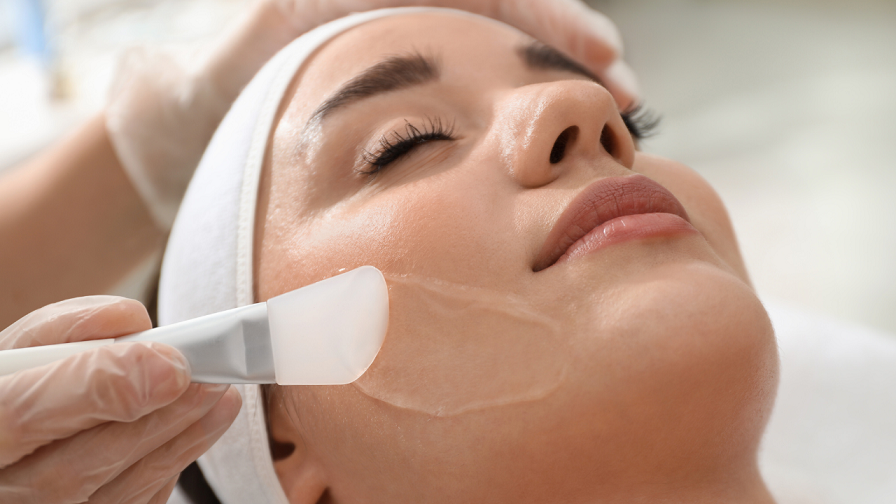
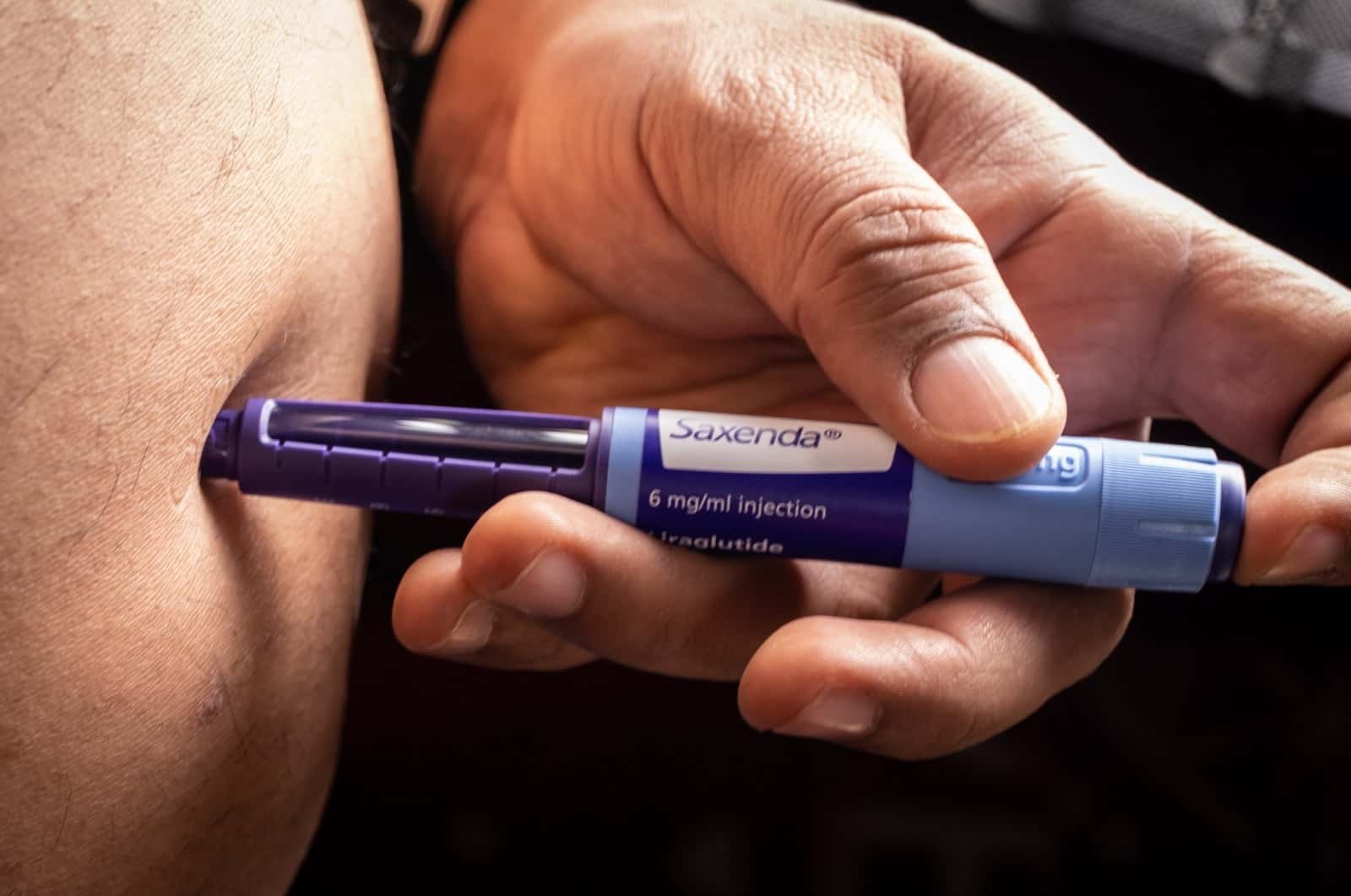


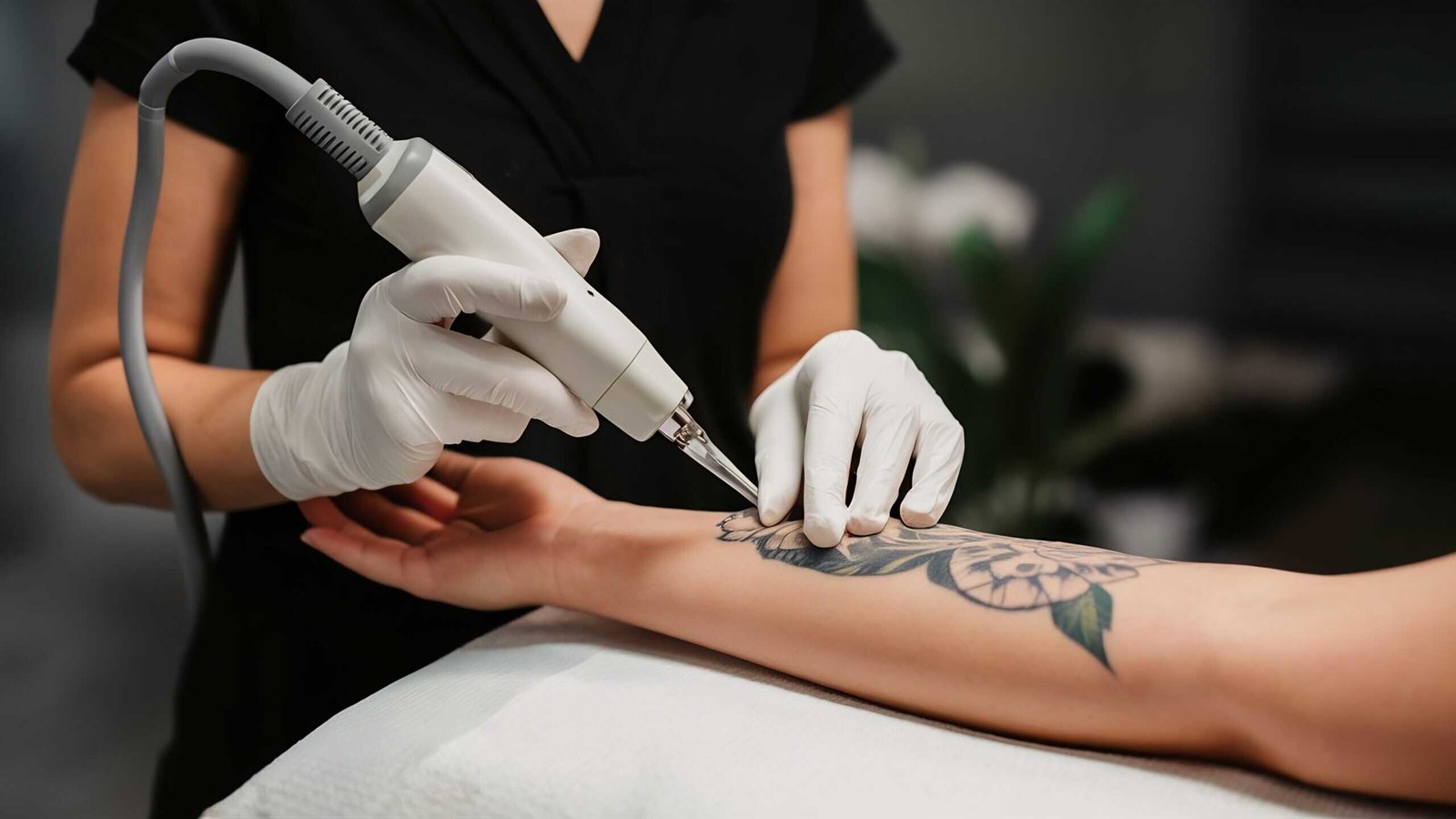
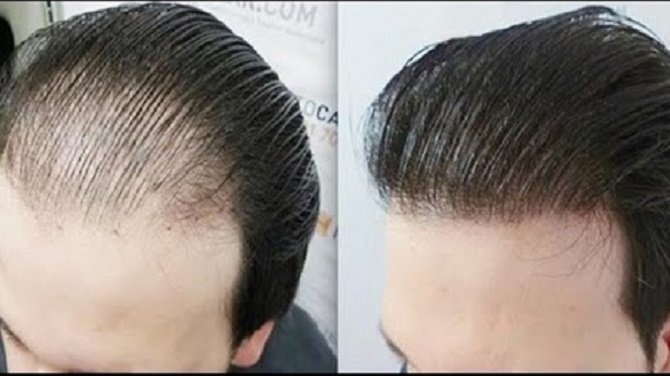
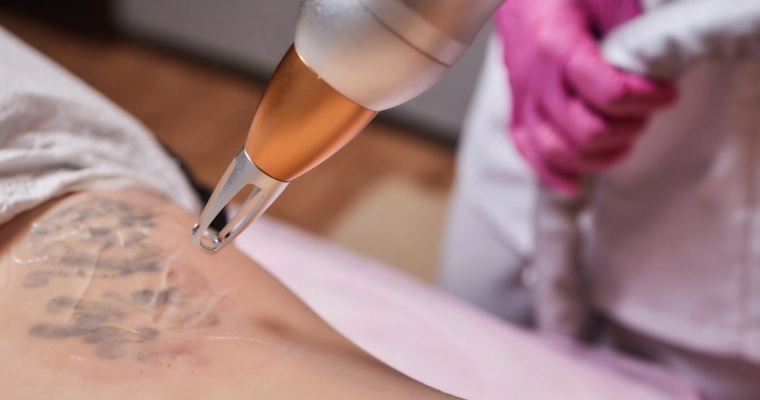
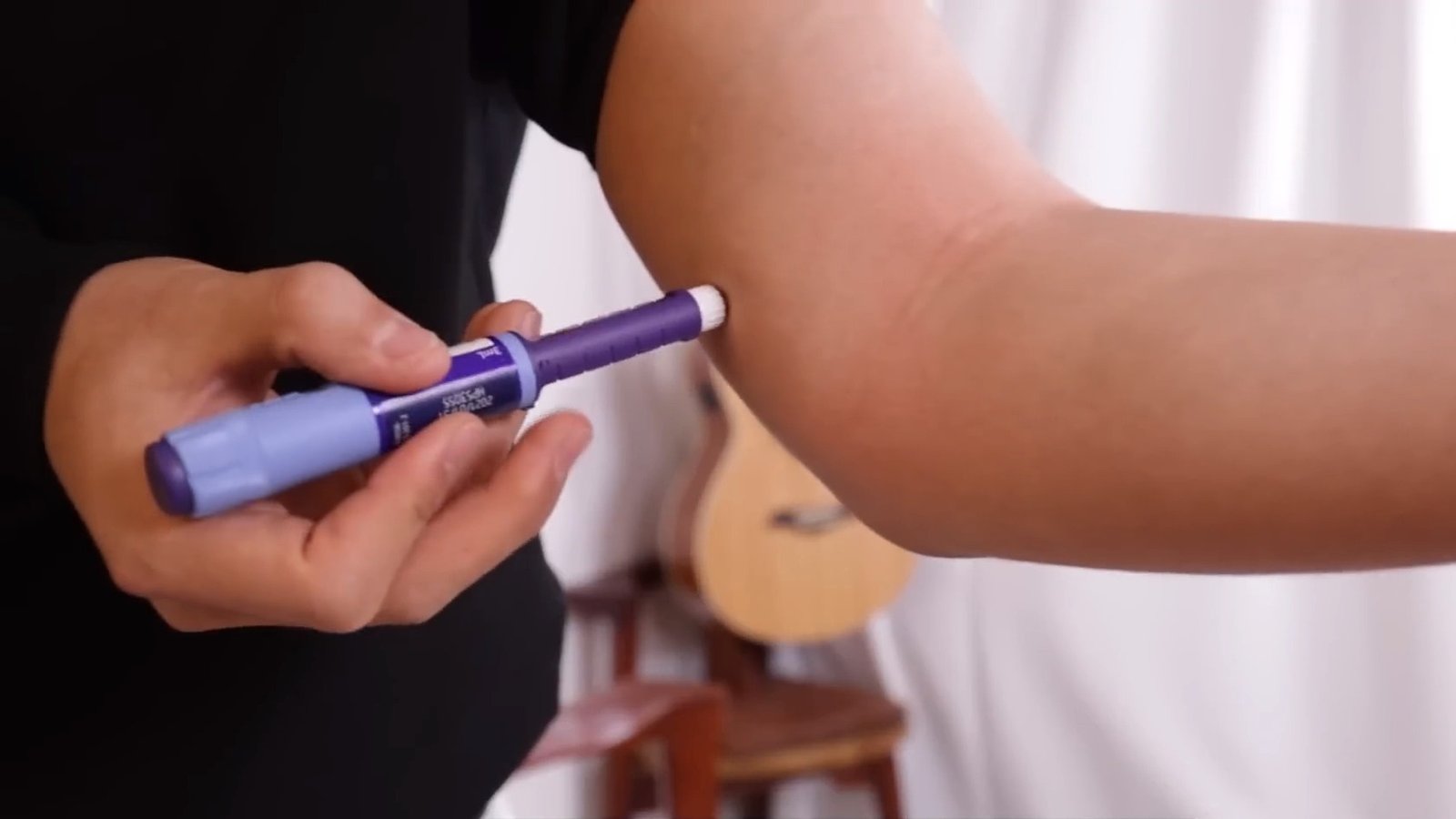
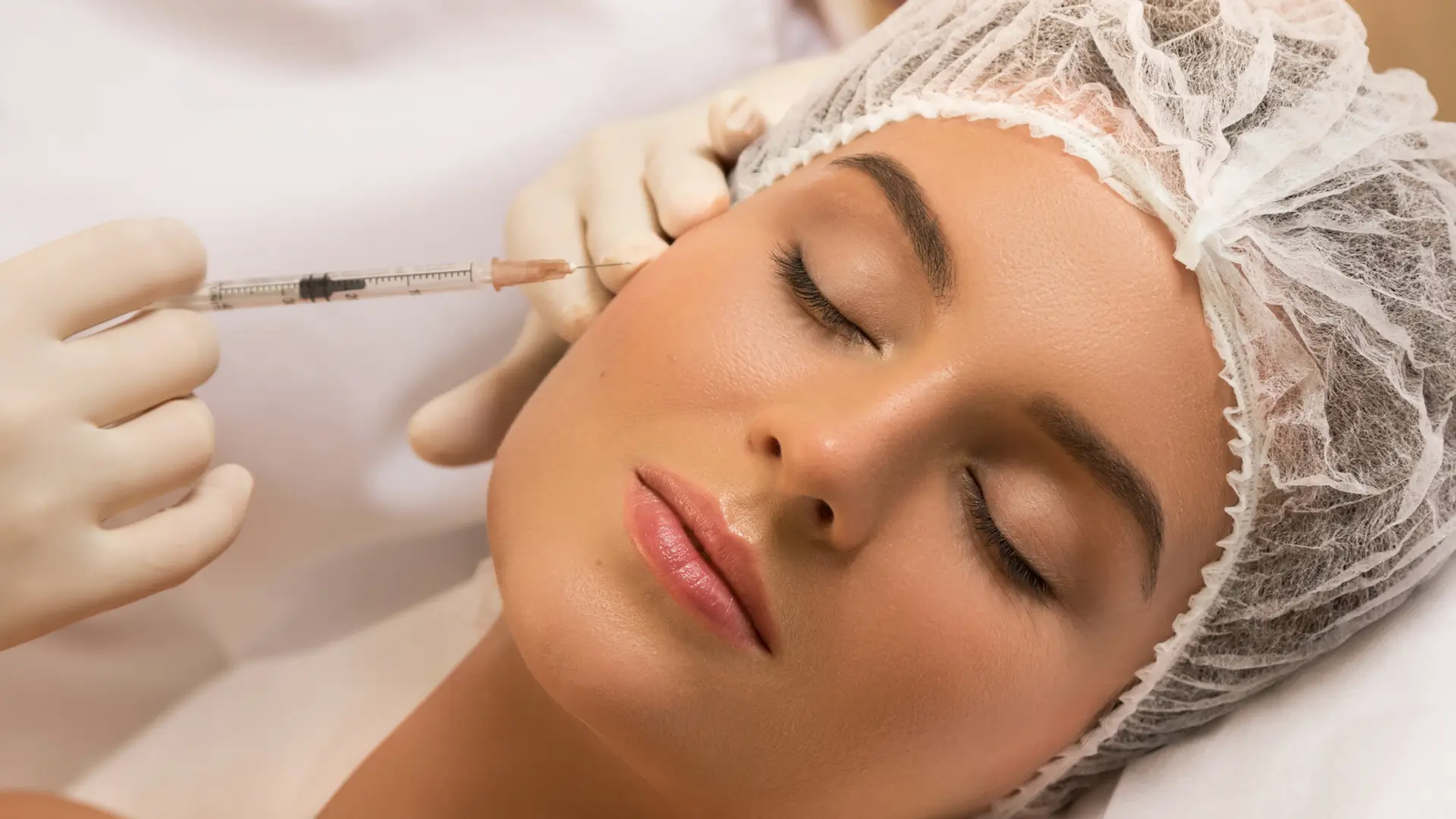
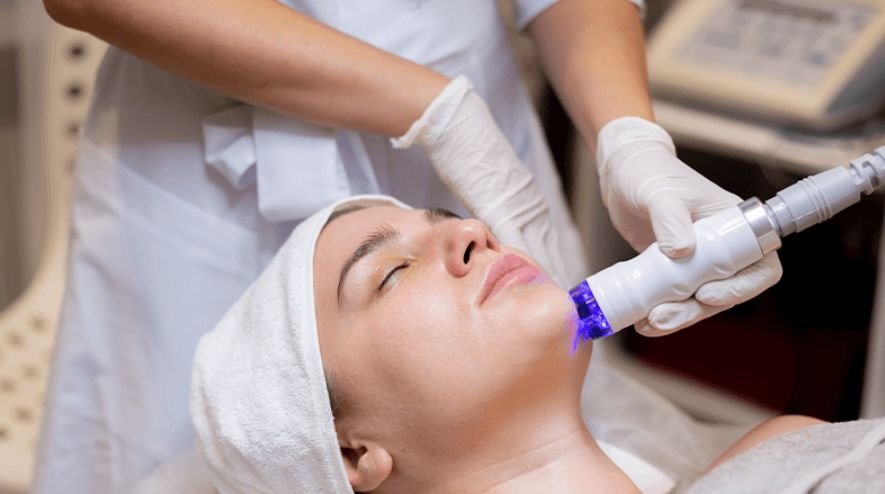





Leave a Reply